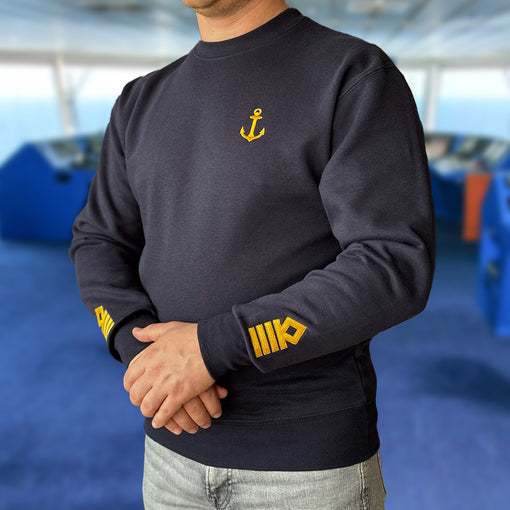
- Article published at:
- Article comments count: 1
Drawer menu
Navigating the vast oceans is a task that merchant navy vessels undertake with utmost precision and expertise. However, when it comes to maneuvering through the complex and often treacherous waters of a harbor, the expertise of a harbour pilot becomes indispensable. Harbour pilots play a pivotal role in ensuring the safe and efficient passage of these massive ships through confined and congested waterways.
A harbour pilot is a highly skilled mariner who possesses an intimate knowledge of the local waters, tides, currents, and port regulations. Their primary responsibility is to guide ships safely in and out of harbors, docks, and berths. Unlike the ship’s crew, who are familiar with open sea navigation, harbour pilots specialize in the specific conditions and challenges of their local port.
Local Expertise: Harbour pilots bring invaluable local knowledge that cannot be matched by the ship’s crew. They are well-versed with every twist and turn of the harbor, underwater obstacles, and the intricacies of local maritime traffic.
Safety First: The safety of the vessel, crew, cargo, and the environment is the top priority for harbour pilots. Their expertise minimizes the risk of accidents, grounding, and collisions, which can have devastating consequences.
Regulatory Compliance: Harbour pilots ensure that vessels comply with local regulations and international maritime laws. They act as a liaison between the ship and port authorities, facilitating smooth and lawful operations.
Efficient Navigation: With their deep understanding of local conditions, harbour pilots optimize the navigation process, saving time and fuel. Their efficiency contributes to the overall productivity of maritime operations.
The pilotage process typically begins with the harbour pilot boarding the vessel at the designated pilot station, often located at the entrance of the harbor. This is usually done using a small pilot boat. Once on board, the pilot communicates with the ship’s captain and crew to assess the vessel’s condition and the nature of the cargo.
Using a combination of navigational charts, radar, and real-time communication with port authorities, the harbour pilot takes control of the vessel’s navigation. They provide precise instructions to the crew regarding speed, direction, and engine maneuvers to ensure the vessel’s safe passage. The pilot remains on board until the vessel is securely docked or has safely exited the harbor.
The job of a harbour pilot is not without its challenges. They often have to work in adverse weather conditions, including heavy fog, strong winds, and rough seas. The responsibility of maneuvering enormous vessels through narrow channels and busy ports requires constant vigilance, quick decision-making, and exceptional navigational skills.
Harbour pilots are the unsung heroes of maritime navigation. Their expertise, local knowledge, and unwavering commitment to safety are crucial for the smooth operation of global trade. As guardians of the harbor, they ensure that the world’s merchant navy vessels can safely reach their destinations, contributing significantly to the global economy.
For more insights into the maritime industry and to shop for high-quality seafarer apparel, visit www.iamseawolf.eu.